The canelé is a regional delicacy in France, which has gained popularity in many parts of the world today. Here is its humble and interesting history.

The canelé is a regional delicacy in France, which has gained popularity in many parts of the world today. Here is its humble and interesting history.
Originating from France, the canelé is a soft pastry cake, infused with rum and vanilla, and identifiable by its signature cylindrical shape and delicately caramelized rind. In fact, the word “canelé” comes from the French word for fluted. There are many marks of a good canelé: the dark color, the symmetrical shape and the rum and vanilla aromas. When bitten into, the regional delicacy should have a crunchy crust and a soft interior.
The most important part of the dish is using copper tins to make the dessert. Silicone molds just don't do the trick, since the dish then turns out soggy and flavorless. The copper on the other hand is a great conductor of heat and not only gives the canelé its darker color but a distinct flavor too. A combination of beeswax and butter is best when looking to grease the tins, since oil or spray won't give it that same look and feel.
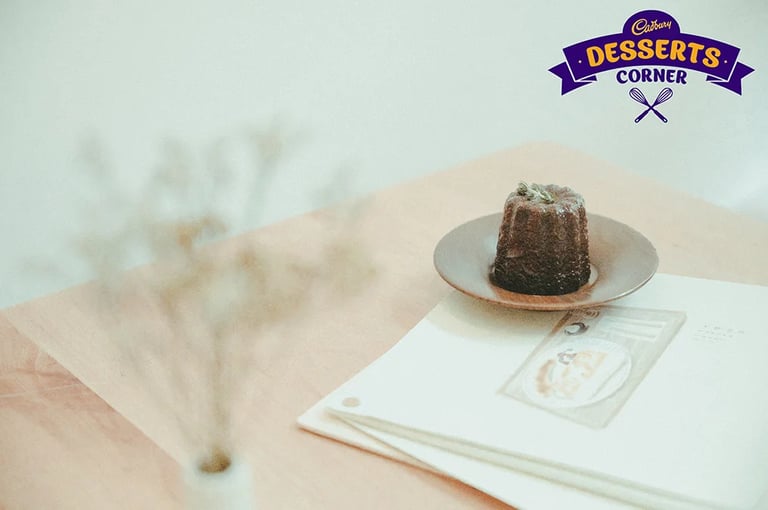
All this makes it a complex dish to make. But although the dessert is easy to identify and recall, its origins are shaky. No one really knows where exactly it came from or who invented it.
Many historians suggest that its first recipe was developed during the 18th century by the nuns at the Annonciades convent, who made a small cake with lard, flour and egg yolks. In the winemaking regions of Bordeaux, in the south of France, the winemakers used egg whites to clarify wine. The yolks would be donated to nuns who would add simple ingredients and create food for the poor children.
But during the French Revolution in 1790, its creators, and the dish itself, were driven out. The next recipe, similar to the first one, appears only in 1930, from a hip bakery in Bordeaux. It had the same cylindrical shape but added rum and vanilla to it. The dish was an instant hit and got the name canelé from the characteristic grooves of the mold. However, this also adds a colonial strain to the dish. The two added ingredients, rum and vanilla, are produced in the Caribbean Antilles, where the French violently enslaved locals. This puts the pastry in league with coffee and cane sugar, adding a dark aspect to its history.
While much of the dish’s history is based on speculation, the first solid piece of proof for the canelé appears during the first world war era, when a mold of that shape was found. The dish lost its popularity during the second world war, but continued to be served on the tables of the Bordeaux bourgeois during that time, making a proper comeback in the 1980s. During this time, the mayor Jacques Chaban-Delmas decided to make the canelé the emblem of his town and served it at all Town Hall dinners.
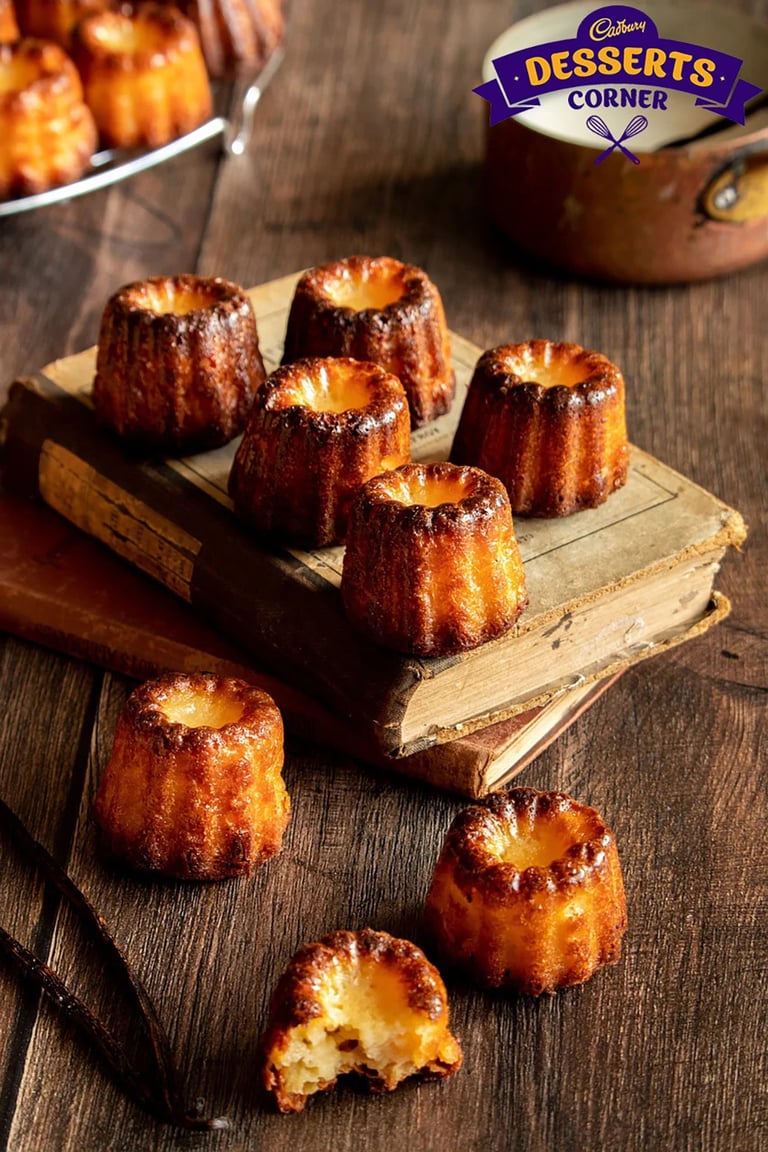
In 1985, a brotherhood emerged, dedicated to the canelé, which is still active today. It's called Conférie du Canelé de Bordeaux. This was essentially 88 patissiers coming together to protect the dish’s recipe and solidify it as the property of Bordeaux. They took an oath to use the secret recipe which is still kept in a vault today. They also removed the second ‘n’ from the spelling, standardizing canelé.
An important name that played a part in the popularity of the canelé is Philippe Baillardran, the son of a Bordeaux pastry chef. In 1988, he created a brand that focused only on canelés. His wife and the company’s cofounder Angèle Baillardran explains that “the product was being drowned out by other pastries. We decided to make it the main show.” Their product is sold everywhere from local food markets to airports and train stations. Bordeaux’s museum has also asked the Baillardrans to donate a mold to them, so future generations can see how they make the canelés.
By the mid-1990s, there were about 800 manufacturers of canelés in the Aquitaine region, and 600 in the closeby Gironde region. While the canelé isn't as famous as the croissant or the eclair, it's still a regional superstar and made in bakeries across France. Although it's normal in France to bake it until it has a dark exterior, which gives it a deeper taste and makes it crisper, in other markets like the US, that would be considered burned and wouldn't work, so it has a different color globally.
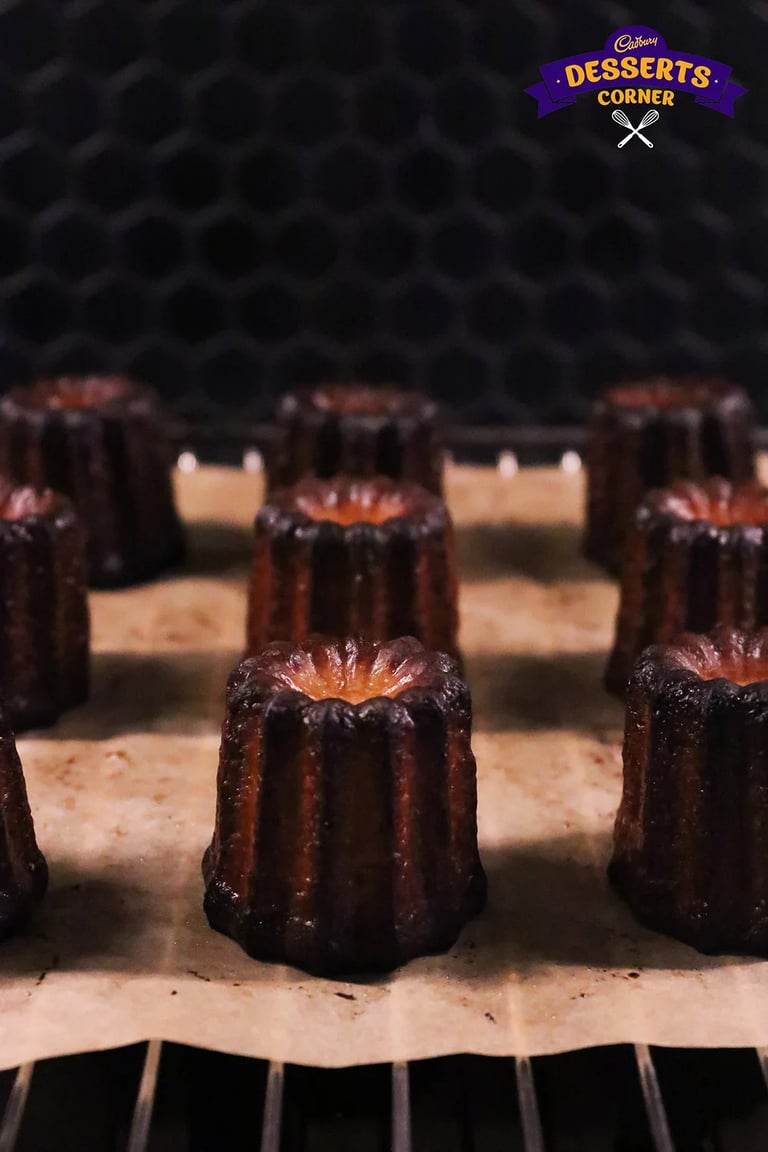
Like This Article?
More Like This
Popular Articles
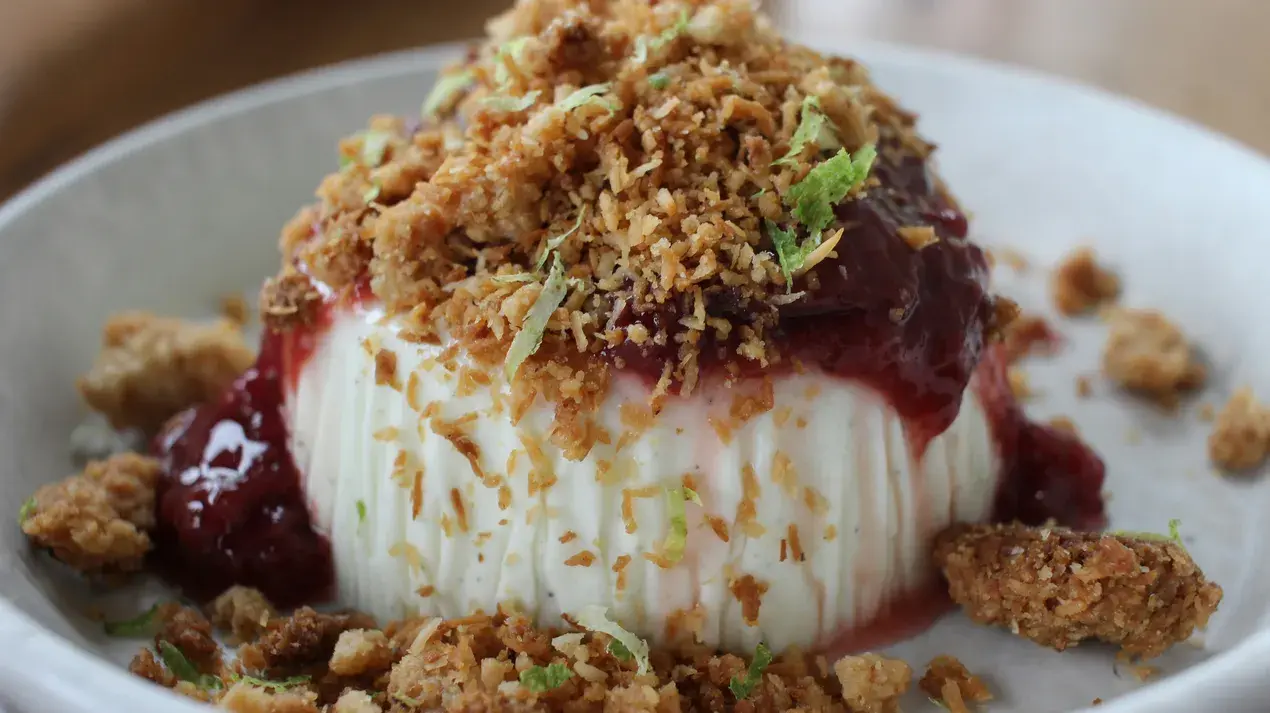
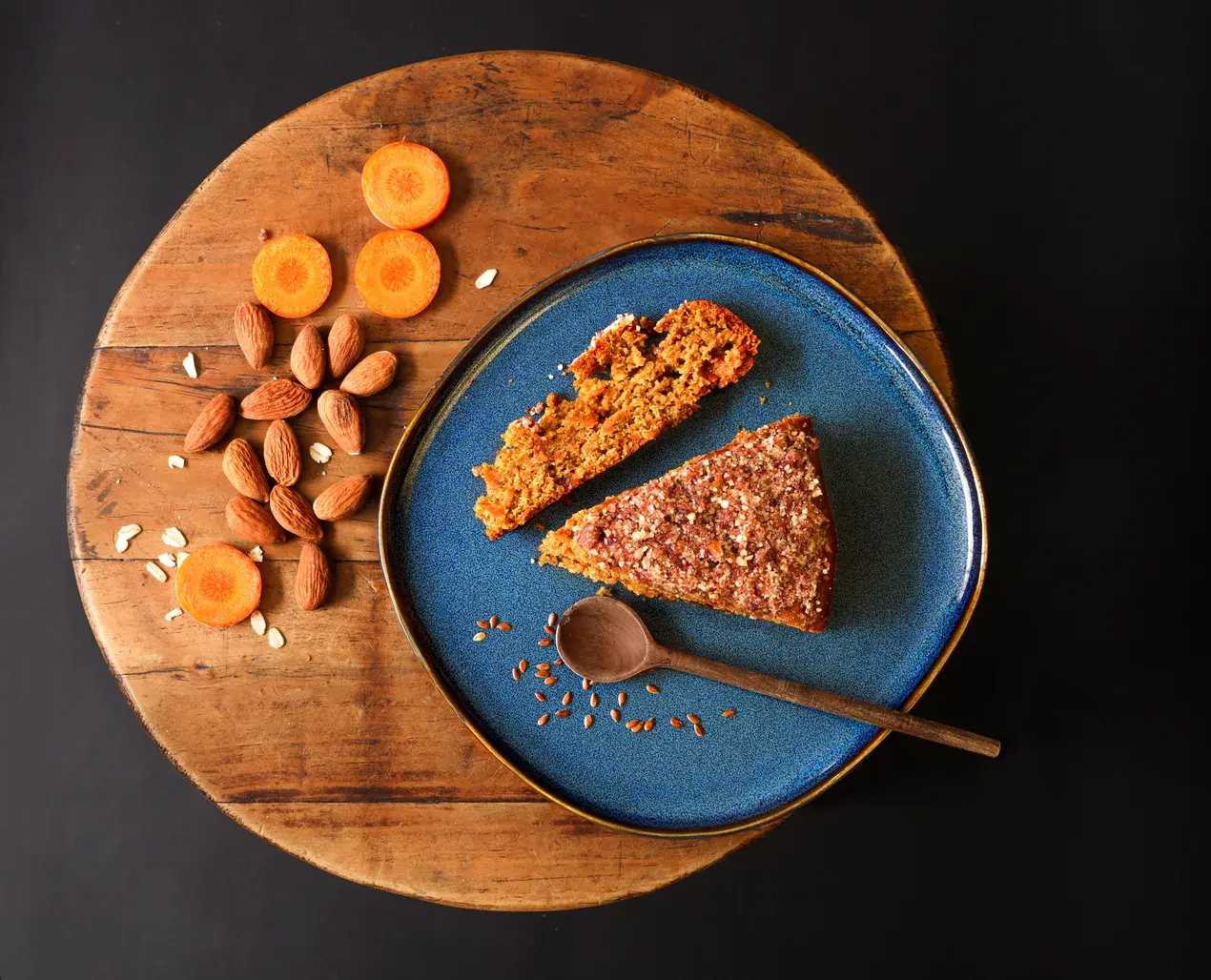



Trending Web Stories
Curated Recipes
















